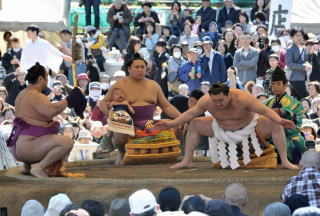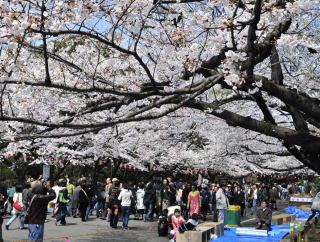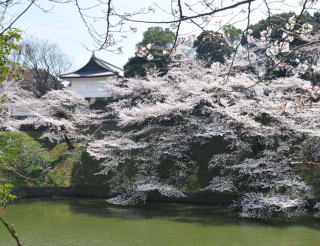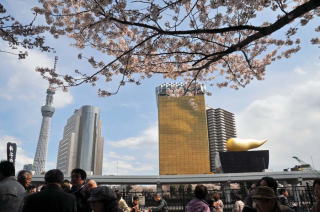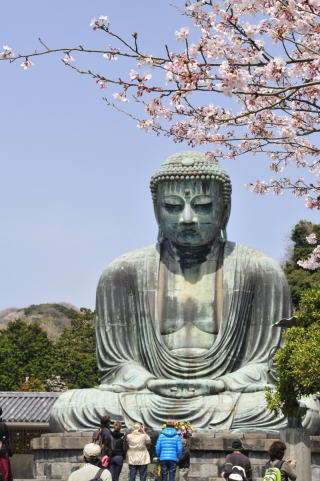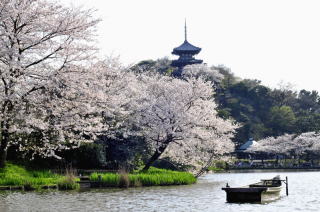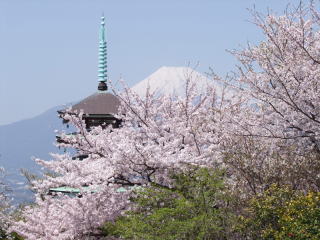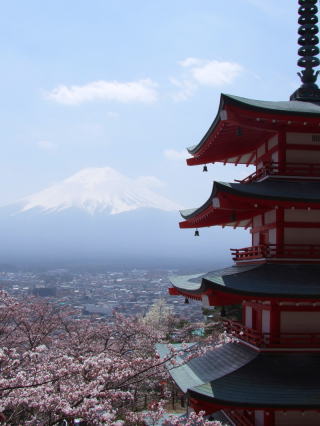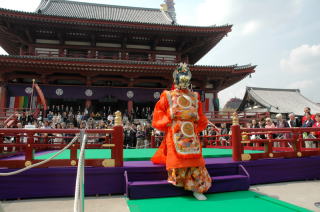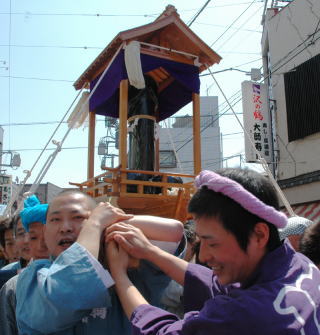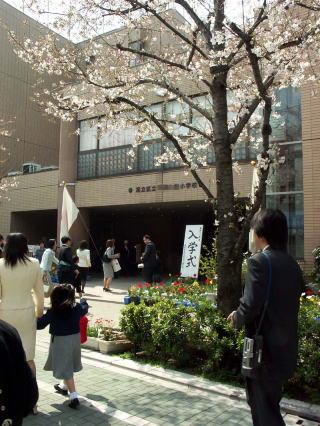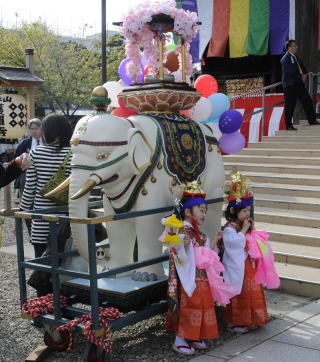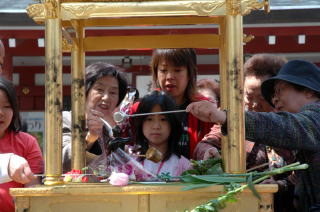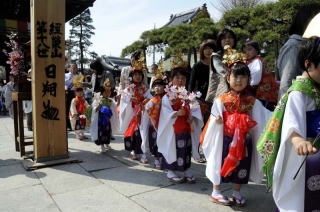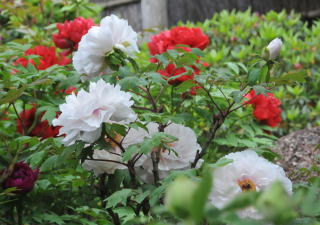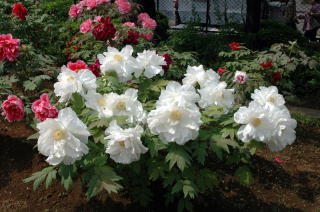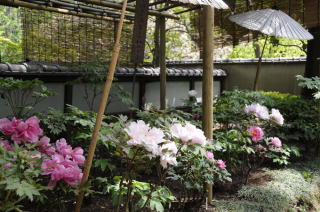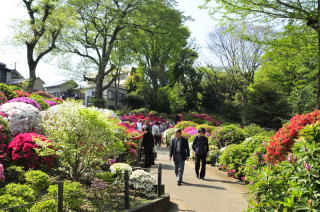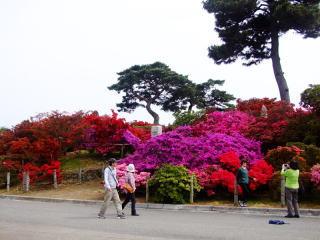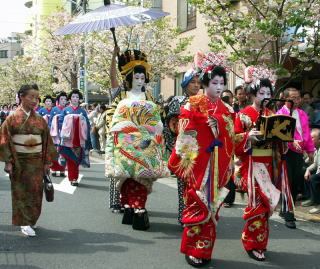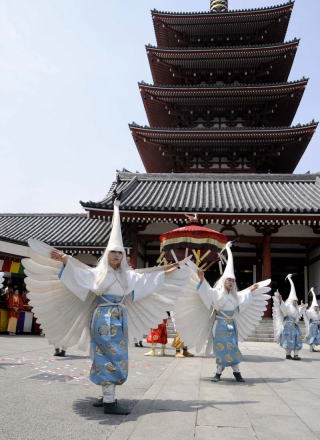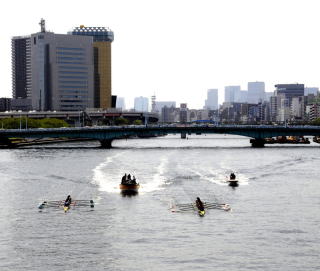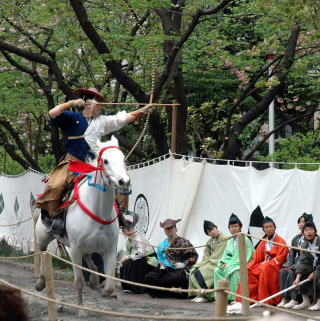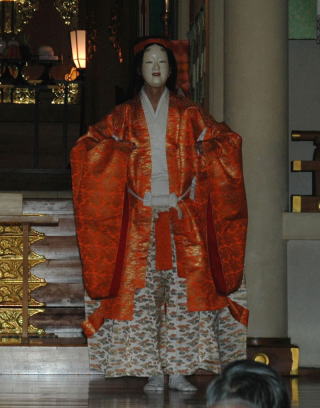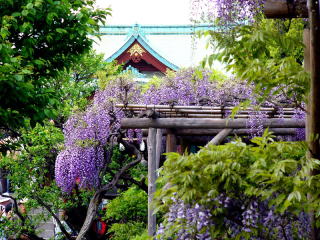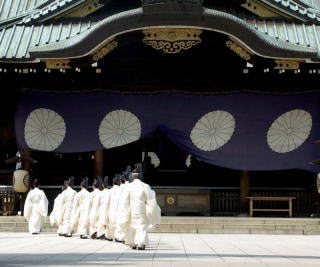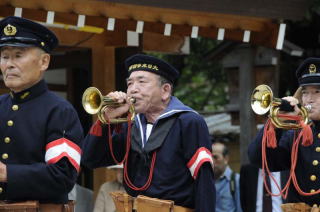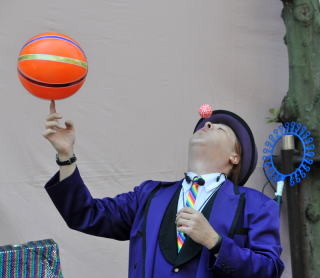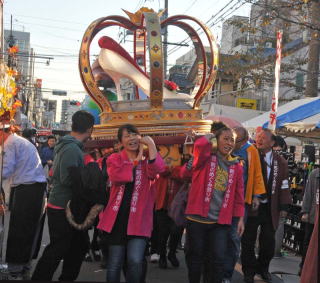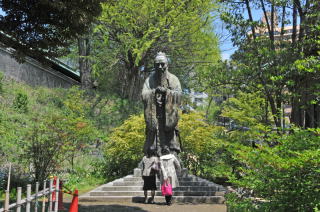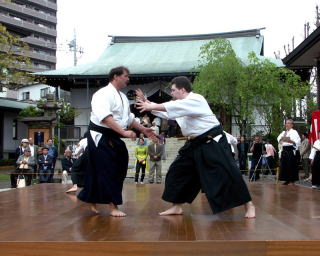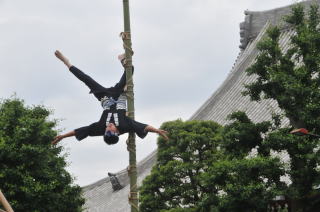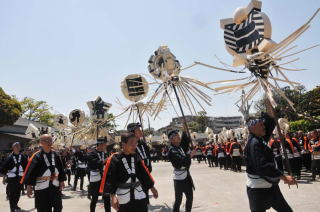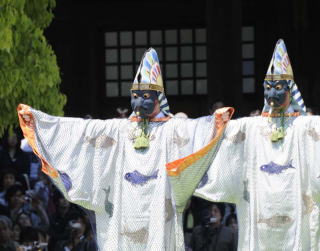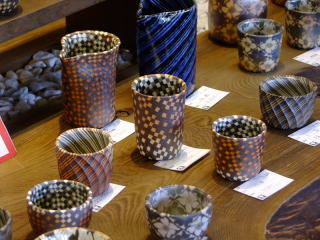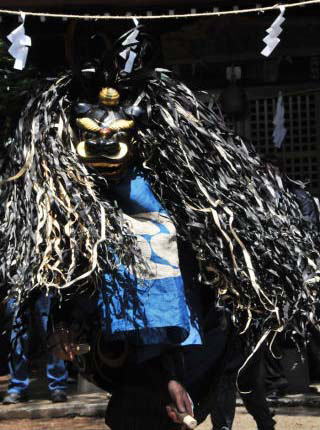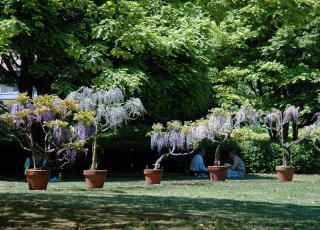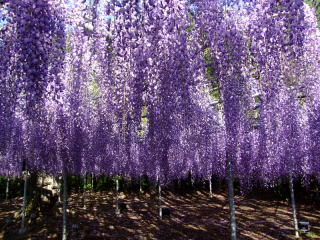APRIL 2025
(Please confirm information before you go at the phone numbers listed)
| (*) covered events |
POPULAR PLACES OF SAKURA
| Tokyo National Museum Garden (Open all days when the museum is opening 10 a.m.-4 p.m.) The Museum Garden behind the Honkan main building is open during the spring. Museum invites you to enjoy strolling among the five teahouses, each with their own history, as well as the cherry blossoms, which about 10 varieties bloom from one from to another. The flourishing garden is most beautiful at this time of the year. (Quoted from the museum website) URL: http://www.tnm.jp/?lang=en Address: 13-9 Ueno Koen, Taito-ku Access: Ueno Station on JR Yamanote Line (Ueno Park Exit) Map: http://goo.gl/maps/1gauv Admission: 620 yen Time: 9:30 a.m.-5 p.m. (closed Mon - if Monday is a holiday on Tuesday, Dec. 24-Jan. 1 closed) Telephone: 03-3822-1111 |
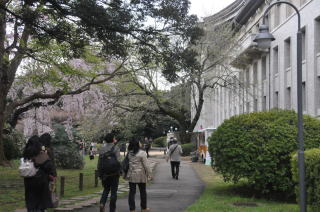 |
|
| more photos |
| KOGANEI METROPOLITAN PARK Koganei Metropolitan Park situated along the Tamagawa River water supply is an enormous 80 hectres. 1.5 times that of Ueno Park. It is a park full of variety. A broad expanse of grass, groves of trees around that, a cherry tree garden, children's field, Japanese archery range, SL (C57) steam locomotive display and 16 tennis courts are just some of the park's features. The park's cherry tree garden is one of the most popular cherry blossom viewing spot in Tokyo with more about 1,700 cherry trees planted in the park. Adjacent to the cherry tree garden is Edo-Tokyo Open Air Architectural Museum which was established in 1993 by the Metropolitan Government as part of the Edo-Tokyo Museum. The museum exhibit historical buildings of great cultural value. URL: Koganei Park Access: Koganei-Koen-Nishiguchi bus stop on Seibu Bus from Musashi-Koganei Station (JR Chuo Line) Telephone: 042-385-5611 |
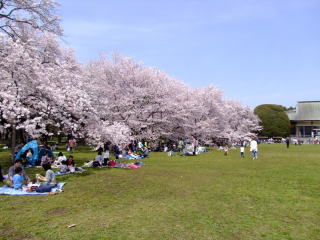 |
|
| more photos |
| Garden of Denbou-in (Denpou-in), Sensoji Temple in Asakusa The garden is not opening in 2022 due to construction works. Denbou-in (Denpou-in) is a place where priests of Sensoji Temple do Buddhist training. Denbou-in was also used as the residence of Kansu, the top priest of Sensoji Temple. The guest room and the entrance of the building was constructed in 1777. When Shoguns and nobles visited Sensoji Temple, they would often rest in Denbou-in. Garden of Denbou-in, Sensoji Temple in Asakusa is believed designed by Kobori Enshu, an eminent gardener in early 17th century. The garden is not usually opened to the public. The garden has been exceptionally opening to the public in spring since 2012 to collect money for the victims of the earthquake in Tohoku in 2011. Also exhibited in the treasure house are many giant "ema" made during the Edo period and treasures of Sensoji Temple. URL: Sensoji Address: 2-3-1 Asakusa, Taito-ku (located inside the compound of Sensoji Temple) Admission: 300 yen Access: Asakusa Station on Subway Ginza Line, Toei Asakusa Line, Tsukuba Express, Tobu Sky Tree Line Telephone: 03-3842-0181/ 03-3842-5566 (Asakusa Culture Tourist Information Center) |
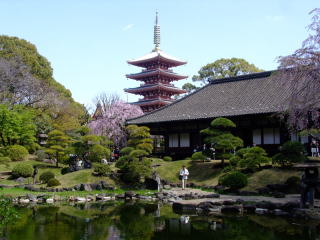 |
|
| more photos |
| Sakura Matsuri at Meguro River (Naka Meguro Area) March 29 and 30 Namuguro Sakura Matsluri Place: Along the Meguro River near Naka Meguro Station The Meguro River (canal) begins from Setagaya-ku and runs into Tokyo Bay via Meguro-ku and Shinagawa-ku for 8 k.m. About 830 somei yoshino cherry trees are planted on both sides of the river from Ikejiri Ohashi to Meguro Station for about 3.8 k.m. Festivity events will be held on April 10 at a square near Naka Meguro Station and night light up of sakura is done during the festival period March 24-April 10. URL: Megurogawa Sakura Map: http://goo.gl/maps/jWYTp Access: Naka Meguro Station on Subway Hibiya Line Telephone: 03-5722-6850/ 03-3715-1111 (Meguro Kuyakusho) |
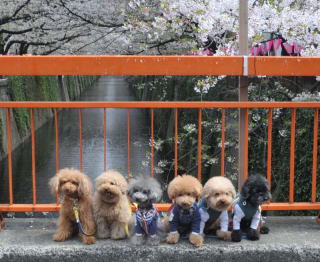 |
|
| more photos |
